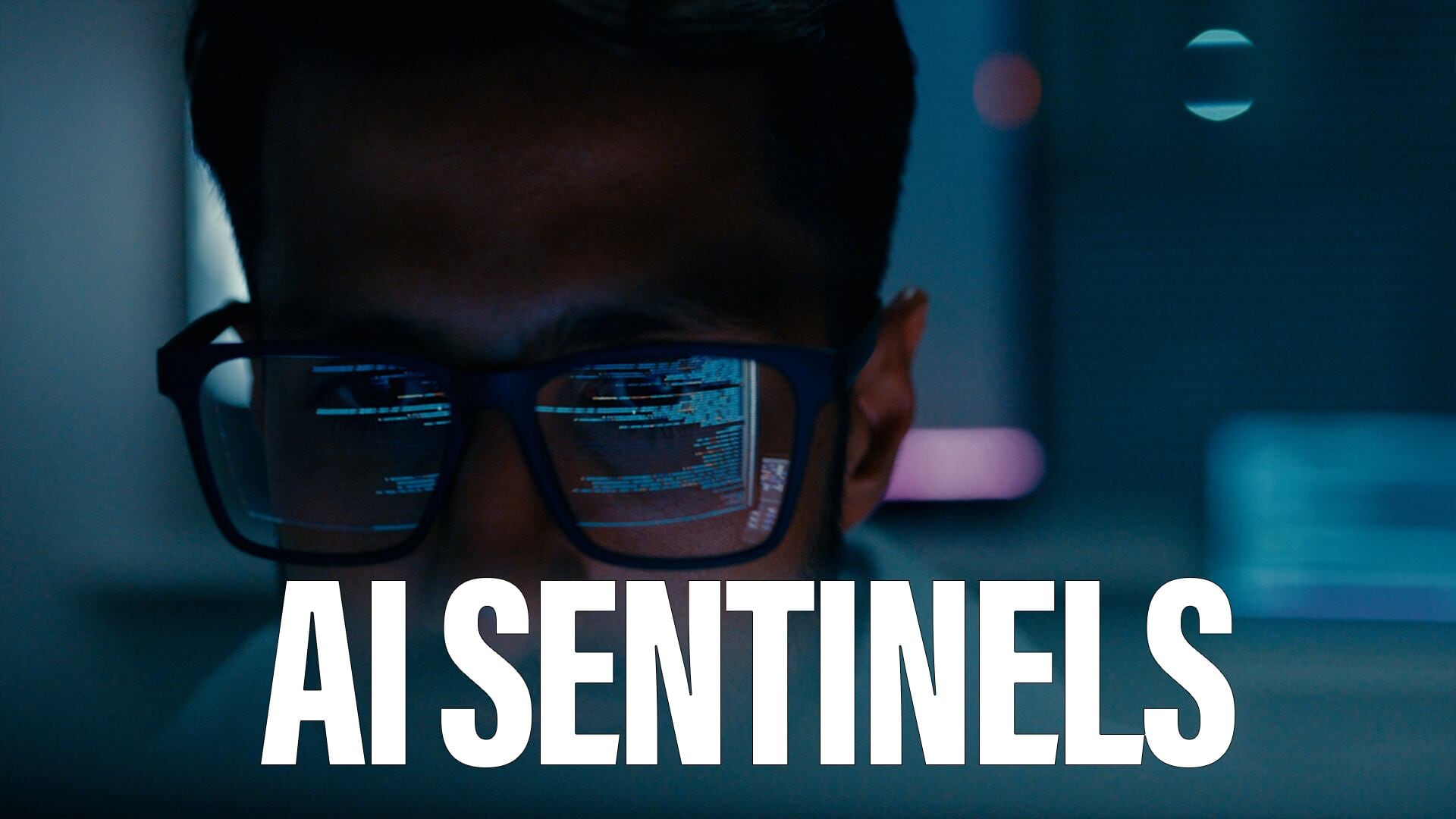WARSAW, Poland — Germany and the United Kingdom teamed up to build the longest bridge using amphibious vehicles to date in less than 45 minutes as part of Poland's largest national exercise Anakonda 16 this week.
Once constructed, the bridge, consisting of 30 vehicles, stretched out 350 meters across the Vistula river in Chelmno, Poland, on Wednesday.
The M3 amphibious four-wheel drive rig, first produced by Eisenwerke Kaiserslautern, is now built by General Dynamics European Land Systems for Germany and the UK.
On Tuesday, the 82nd Airborne Division, along with Polish and UK paratroopers — totaling 2,000 — dropped into nearby Torun and then proceeded to Chelmno to secure the bridge for the exercise.
Lt. Gen. Ben Hodges, the US Army Europe commander, rode in one of the first US Army 2nd Cavalry Regiment Stryker vehicles across the finished bridge. The regiment's Strykers rolled over the bridge on their way to an exercise in the Baltics called Sabre Strike.
"This is the best bridge I've ever seen in my life," Hodges told Defense News after his crossing.
"You've got a wonderful example of interoperability," he said. "This is a great example of an ally providing the capability that everybody else needs."
Hodges said the US Army's bridging capability — which does not consist of the M3 amphibious vehicle — is stationed elsewhere such as in the US, the Pacific theater and the Middle East. "I don't have it here," he said.
The exercise showed that several countries can come together seamlessly to stage a crossing. The British and the Germans connected their M3s with little difficulty, linking up like synchronized swimmers over the course of 45 minutes. The only way to tell which vehicle was British and which was German were the flags flown on each rig once the bridge came together.
German Brig. Gen. Markus Laubenthal, who is the chief of staff for US Army Europe, told Defense News on the way back from Chelmno to Warsaw after the operation that the capability is "unique" in NATO provided by just the German and British armies.
"It differs from the traditional military bridging equipment because it also can function as a ferry," he said. "This is a very speedy, fast way to cross the river."
US Army Reserve Brig. Gen. Greg Mosser, the commanding general for the 364th Sustainment Brigade, was overseeing the bridge crossing after arriving a month prior to the exercise to ensure coordination between the countries involved and to ensure the vehicles needed made it across the border.
Part of Mosser's job was to ensure the Strykers that had to travel 1,100 kilometers from Germany made it in. The M3s came in by train. "All of their fuel, maintenance, everything that it takes to get them there, the fact they are rolling across the bridge, is in part because our units helped them get in place," he told Defense News on the banks of the Vistula.
The sustainment unit "had a lot of interaction planning this up front and you try to identify those friction points and work through them," he added, noting traveling into Poland required diplomatic clearance and movement within Poland had to be coordinated. "We had a bit of a learning curve there in terms of time that it takes and just their whole process."
"[But] I'm not afraid of friction; we should look at friction or difficulties as an opportunity. It doesn't mean we failed, it means we are learning something because if everything went perfectly it means we aren't pushing ourselves," Mosser said.
Hodges noted Tuesday that Anakonda has helped the US Army and its allies learn "so much in terms of interoperability because of the exercise procedures. Even inside NATO we will vary a little bit between different countries, you have to come together to be able to figure out what those differences are."
For example, he said, when refueling vehicles in a multinational exercise, "we have to make sure the nozzle fits inside the vehicles of another nation. That is a simple thing, but if you don't have that straight then the alliance does not have the responsiveness, the speed, that it has to have to be effective."
Email: jjudson@defensenews.com
Twitter: @JenJudson
Jen Judson is an award-winning journalist covering land warfare for Defense News. She has also worked for Politico and Inside Defense. She holds a Master of Science degree in journalism from Boston University and a Bachelor of Arts degree from Kenyon College.








